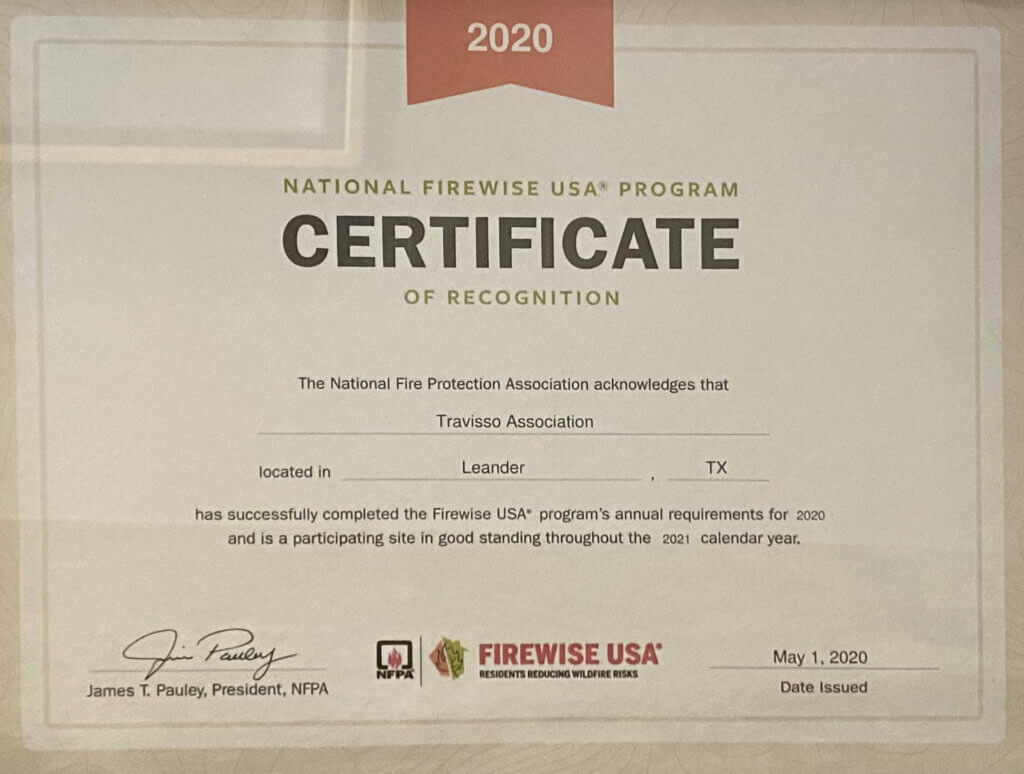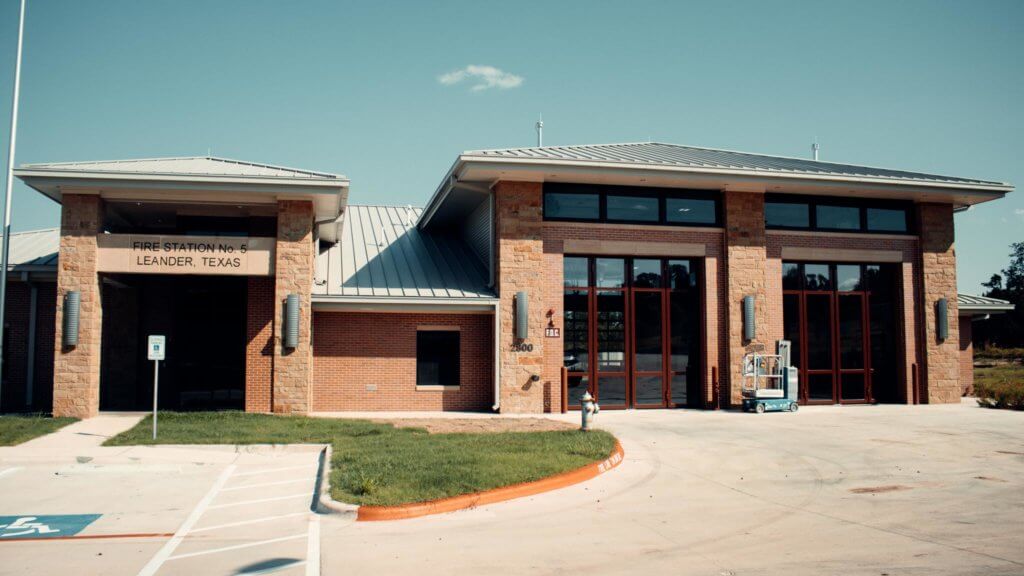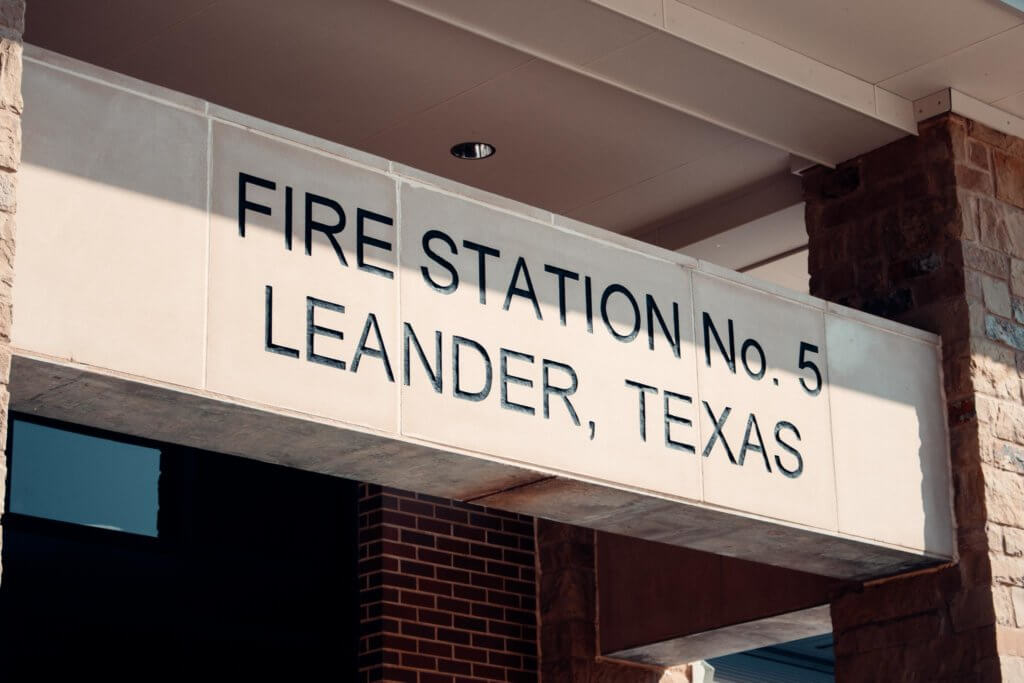From 2018-2021, western states have battled increasingly intense wildfires. But, fire can threaten all property, no matter the risk of wildfire. In recognition of Fire Prevention Month, learn more about current fire dangers around your home and how to prepare for fire threats at Travisso.

Travisso has been a Firewise community since 2020. See how your family can also be Firewise.
Why be Firewise?
Being Firewise means understanding the potential fire risks you face based on your location and applying protective measures to reduce your risk of suffering loss of life or property to fire. There is no way to make your property ‘fireproof’; however, you can reduce the chance you lose your home if a fire were to spark. While firewise techniques typically only apply to wildfire safety, it is essential that homeowners also prepare for a structure fire.
According to data from the U.S. Fire Administration and Federal Emergency Management Agency, nearly 1.3 million total fires sparked in 2019. Of the more than 350,000 residential fires, over 50% ignited while cooking.
As for wildfire danger, Verisk’s Wildfire Risk Analysis identified 4.5 million U.S. homes at high or extreme risk of wildfire. Texas ranks second in the number of homes at high or extreme risk. In Travis County, over 80,000 homes rest in wildfire danger zones.
Travisso, being located in the Texas Hill Country, could be threatened by wildfire. Because of this, the Travisso Association has taken extra precautions to lower the risk of fire and increase the community’s defensibility by becoming firewise.
While wildfires can be unpredictable, taking extra steps to lower the risk of ember ignition around your property could be the difference between total loss or saving your home. This also goes for fires sparked by other causes at your home.
How to lower the threat of wildfires?
Making your property firewise begins with assessing the available fuel around your home. Fuel for a fire ranges from vegetation to the materials used to construct your home.
Fires spread because there is fuel to burn, and the weather carries embers to new areas. According to the National Fire Protection Association (NFPA), embers and small flames are the primary way that most homes ignite in wildfires. Home destruction vs. home survival depends on the property’s ability to withstand ember attacks. Start by improving the defensible space around your home.
- Clear leaves and other debris from gutters, eaves, porches, and decks.
- Remove dead vegetation and other items from under your deck or porch and within 10 feet of the house.
- Screen or box-in areas below patios and decks to prevent combustible materials from accumulating.
- Remove flammable materials (firewood stacks, propane tanks) within 30 feet of your home’s foundation and outbuildings.
- Regularly prune trees, so the lowest branches are 6 to 10 feet from the ground to prevent fires from spreading by treetops.
- Keep your lawn hydrated and maintained. If it is brown, cut it down to reduce fire intensity.
- Cover exterior attic vents with metal wire mesh no larger than 1/8 inch to prevent sparks from entering the home.
Next, think about what happens if a fire does spark. It is impossible to ‘fireproof’ your property. Homeowners should be prepared if a wildfire does threaten their property and family. This is important for a residential fire too. It is essential to create an emergency plan.
Emergency plans include:
- Assembling an emergency supply kit and place it in a safe spot.
- Developing an emergency evacuation plan and practice it with everyone in your home.
- Plan two ways out of your neighborhood and designate a meeting place.
How to prevent house fires?
While you may take the necessary precautions to prevent wildfire and live in a relatively new home, there will always be a chance you experience a house fire.
Preparing for a house fire is similar to a wildfire. You want to assess the house fire threats at Travisso, then take steps to lower that risk. In a typical home fire, you may have as little as one to two minutes to escape safely when the smoke alarm sounds.
- 3 of every 5 home fire deaths resulted from fires in homes with no working smoke alarms
- Less than 50% of homeowners have an escape plan
- Carbon monoxide (CO) is the #1 cause of accidental poisoning in the U.S.
The NFPA has several resources to help your family plan for a house fire and create a safety and evacuation plan.

The threat of fire at Travisso

While Travisso is a Firewise community, there will always be a threat of potential wildfires sparking nearby in the Texas Hill Country. There is also a chance a home could catch on fire. To keep residents safe, the Leander Fire Department built a fifth fire station located at the entrance of Travisso Parkway.
As of September 2021, Leander Fire Station No. 5 is complete. However, it is not staffed yet. You can keep updated on the station’s progress by following the City of Leander’s website and social media channels.
Being Firewise and understanding all the fire threats at Travisso will help you lower your risk of suffering severe damages from fire.


